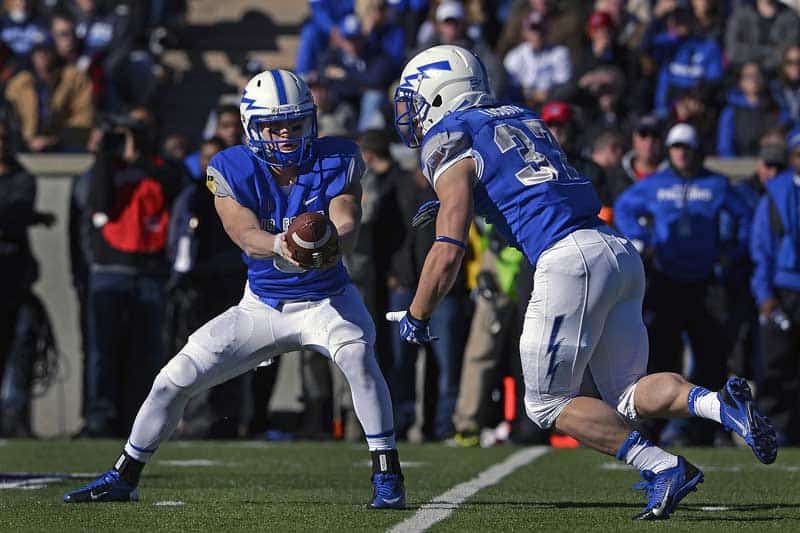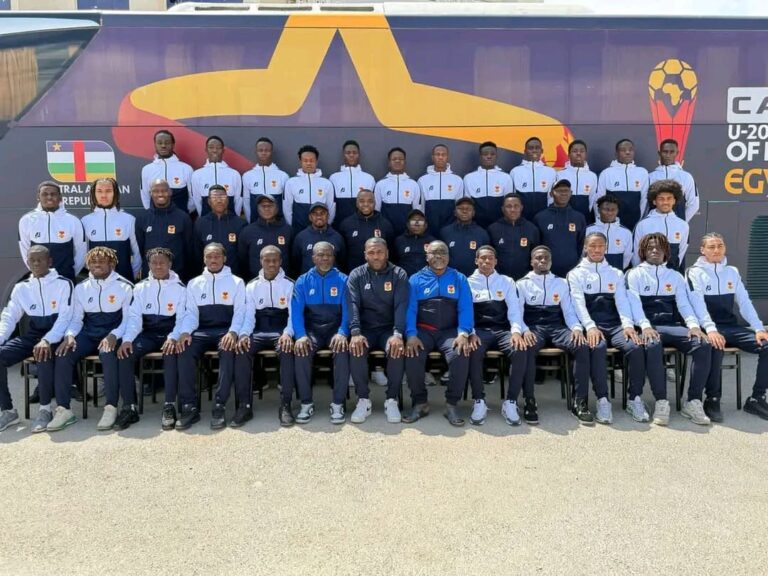
Various forms of football can be identified in history, often as popular peasant games. Contemporary codes of football can be traced back to the codification of these games at English public schools during the nineteenth century.The expanse of the British Empire allowed these rules of football to spread to areas of British influence outside of the directly controlled Empire. By the end of the nineteenth century, distinct regional codes were already developing
Gaelic football, for example, deliberately incorporated the rules of local traditional football games in order to maintain their heritage. In 1888, The Football League was founded in England, becoming the first of many professional football competitions. During the twentieth century, several of the various kinds of football grew to become some of the most popular team sports in the world.
The Ancient Greeks and Romans are known to have played many ball games, some of which involved the use of the feet. The Roman game harpastum is believed to have been adapted from a Greek team game known as , which is mentioned by a Greek playwright, Antiphanes and later referred to by the Christian theologian Clement of Alexandria . These games appear to have resembled rugby football.The Roman politician Cicero describes the case of a man who was killed whilst having a shave when a ball was kicked into a barber’s shop. Roman ball games already knew the air-filled ball, the follis. Episkyros is recognised as an early form of football by FIFA.
Football is like life – it requires perseverance, self-denial, hard work, sacrifice, dedication and respect for authority.
Vince Lombardi
A Chinese game called Tsu’ Chu, Cuju or Zuqiu has been recognised by FIFA as the first version of the game with regular rules. It existed during the Han Dynasty, the second and third centuries BC. The Japanese version of cuju is kemari , and was developed during the Asuka period. This is known to have been played within the Japanese imperial court in Kyoto from about 600 AD. In kemari several people stand in a circle and kick a ball to each other, trying not to let the ball drop to the ground (much like keepie uppie). The game appears to have died out sometime before the mid-19th century. It was revived in 1903 and is now played at a number of festivals.
There are a number of references to traditional, ancient, or prehistoric ball games, played by indigenous peoples in many different parts of the world. For example, in 1586, men from a ship commanded by an English explorer named John Davis, went ashore to play a form of football with Inuit (Eskimo) people in Greenland. There are later accounts of an Inuit game played on ice, called Aqsaqtuk. Each match began with two teams facing each other in parallel lines, before attempting to kick the ball through each other team’s line and then at a goal. In 1610, William Strachey, a colonist at Jamestown, Virginia recorded a game played by Native Americans, called Pahsaheman.
On the Australian continent several tribes of indigenous people played kicking and catching games with stuffed balls which have been generalised by historians as Marn Grook. The earliest historical account is an anecdote from the 1878 book by Robert Brough-Smyth, The Aborigines of Victoria, in which a man called Richard Thomas is quoted as saying, in about 1841 in Victoria, Australia, that he had witnessed Aboriginal people playing the game: « Mr Thomas describes how the foremost player will drop kick a ball made from the skin of a possum and how other players leap into the air in order to catch it. » Some historians have theorised that Marn Grook was one of the origins of Australian rules football.ormance of duties in everyday life
















